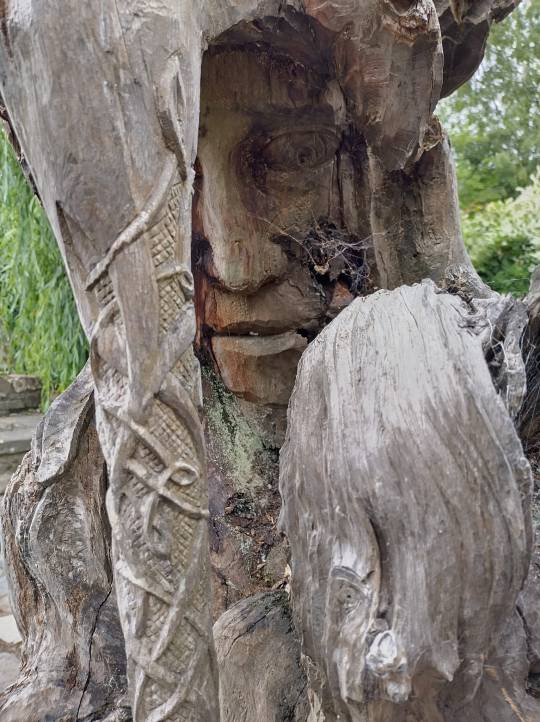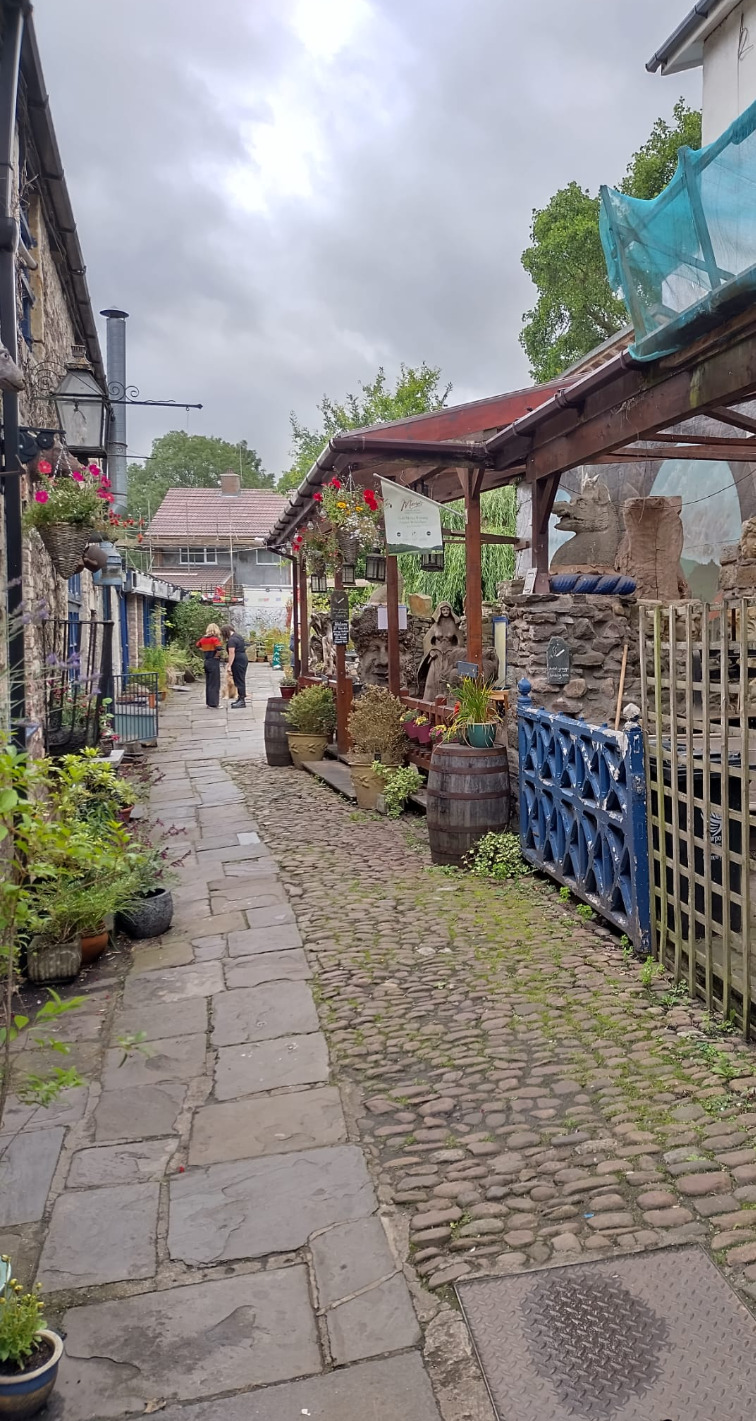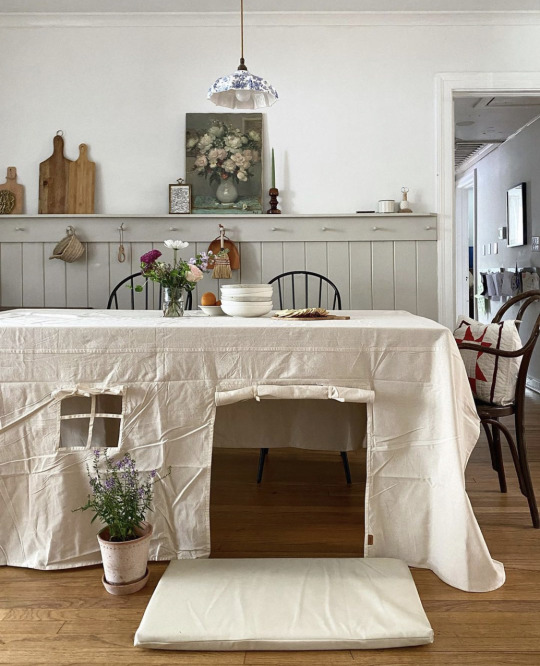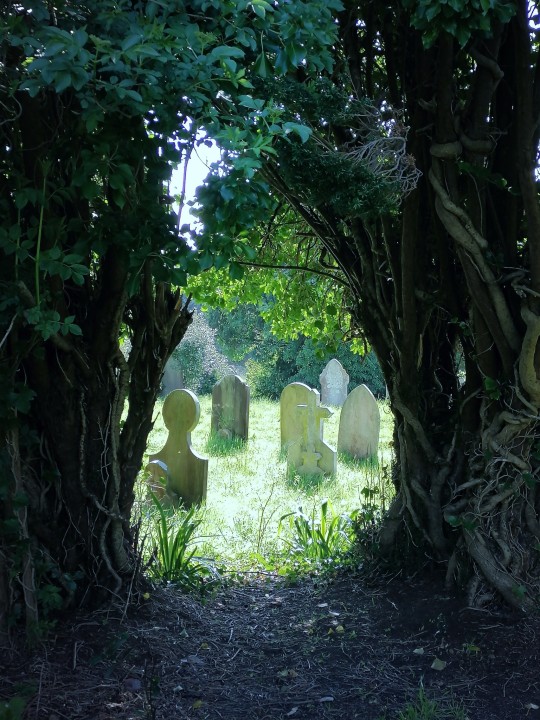Text

Philip Koch (American b.1948), Edward Hopper's Parlor, Nyack, 2019, Oil on canvas
83 notes
·
View notes
Text

Book cover, Mamluk period, 1300s-1400s, Egypt or Syria.
343 notes
·
View notes
Photo

Book shop in Kőszeg, 1975. From the Budapest Municipal Photography Company archive.
458 notes
·
View notes
Text

A Doorway in Tauplitz, Austria, 1970s
Mickey Crisp
232 notes
·
View notes
Photo

Hope and Memory, 1900 by Kenyon Cox (American, 1856–1919)
2K notes
·
View notes
Photo
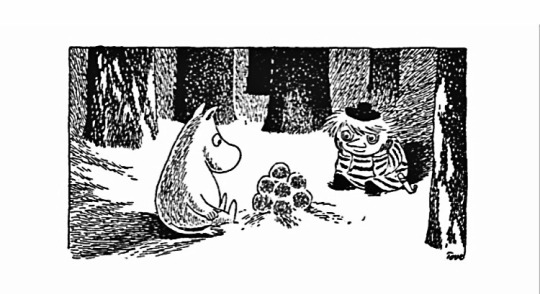

— Too-Ticky in Moominland Midwinter by Tove Jansson (first published in 1957, tr. by Thomas Warburton)
27K notes
·
View notes
Text
#Caturday:
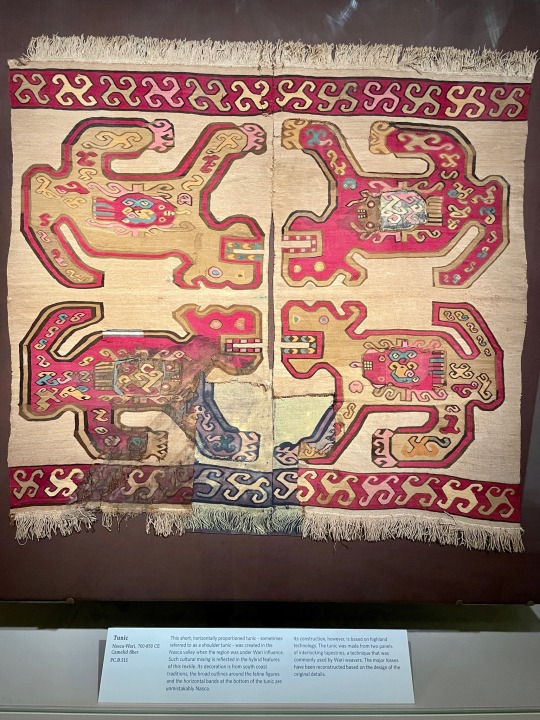
Tunic with four felines
Nasca-Wari, 700-850 CE, camelid fiber.
On display at Dumbarton Oaks’ “Clothing for the Afterlife,” an exhibition of burial textiles from the ancient Andes.
“This short, horizontally proportioned tunic - sometimes referred to as a shoulder tunic - was created in the Nasca valley when the region was under Wari influence.
Such cultural mixing is reflected in the hybrid features of this textile. Its decoration is from south coast traditions; the broad outlines around the feline figures and the horizontal bands at the bottom of the tunic are unmistakably Nasca.
Its construction, however, is based on highland technology. The tunic was made from two panels of interlocking tapestries, a technique that was commonly used by Wari weavers. The major losses have been reconstructed based on the design of the original details.”
24 notes
·
View notes
Photo
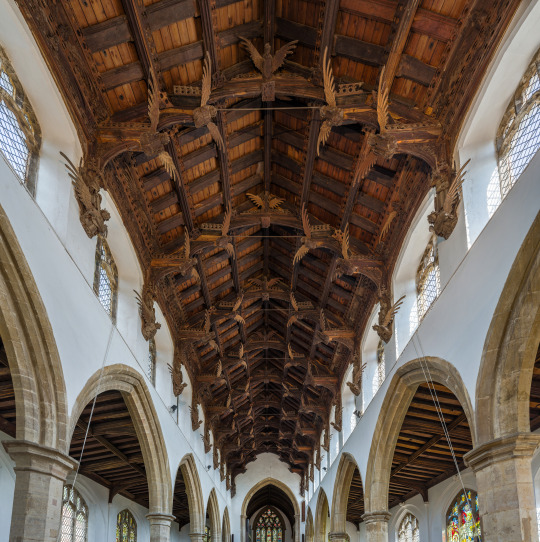
St Wendreda is a 14th-century church famous for its “angel roof”, featuring 120 carved figures of martyrs, apostles, saints, and angels. The ornaments were created either at the end of the 15th century or in the first quarter of the 16th century.
March, Isle of Ely, Cambridgeshire
8K notes
·
View notes
Text

Viggo Pedersen - Under the Chestnut Tree (1880)
101 notes
·
View notes
Photo
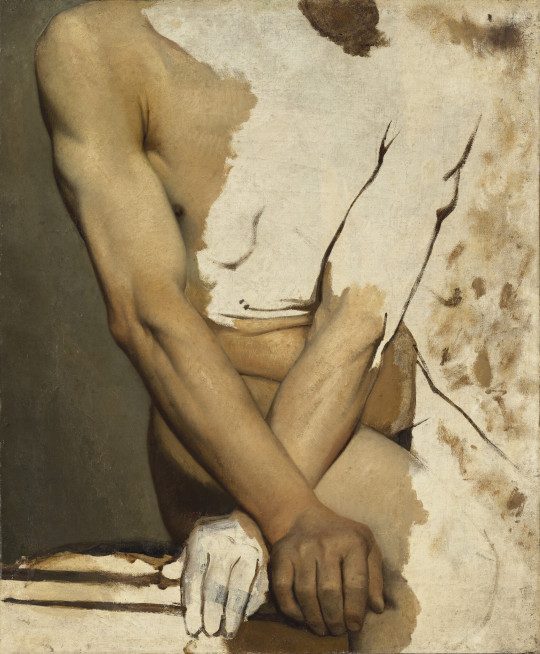
Unknown painter, Academic nude, study, 19th century
14K notes
·
View notes
Photo
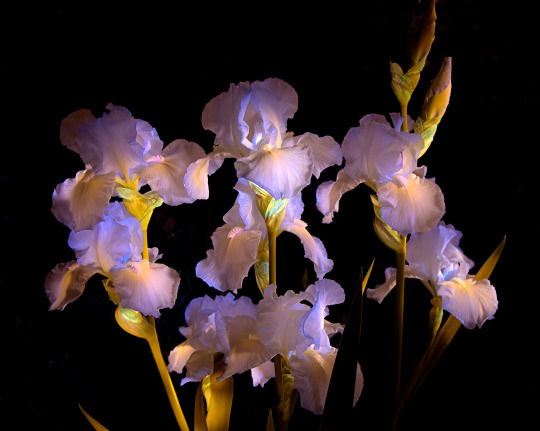
White iris in UV light. Fragrance and beauty together.
5K notes
·
View notes
Text

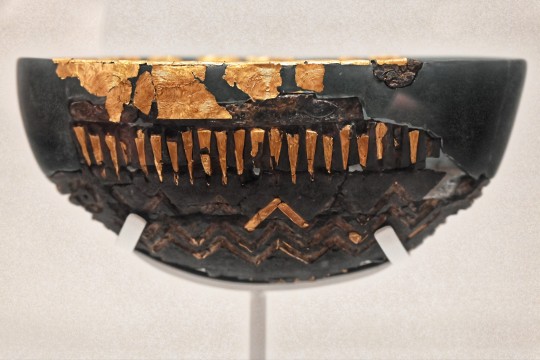


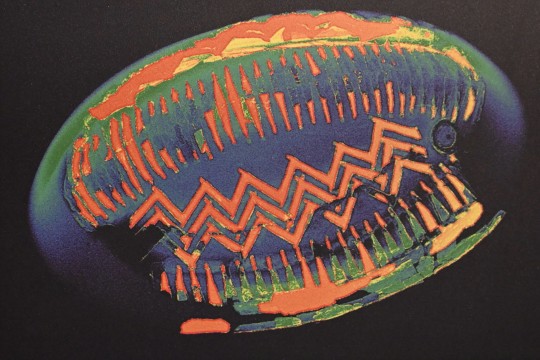

The Caergwrle Bowl
This Middle Bronze Age bowl was discovered during drain digging beside the River Alun, near Caergwrle Castle, Wales, 1300-1150 BCE, St Fagans National Museum of History, Cardiff, Wales
318 notes
·
View notes

